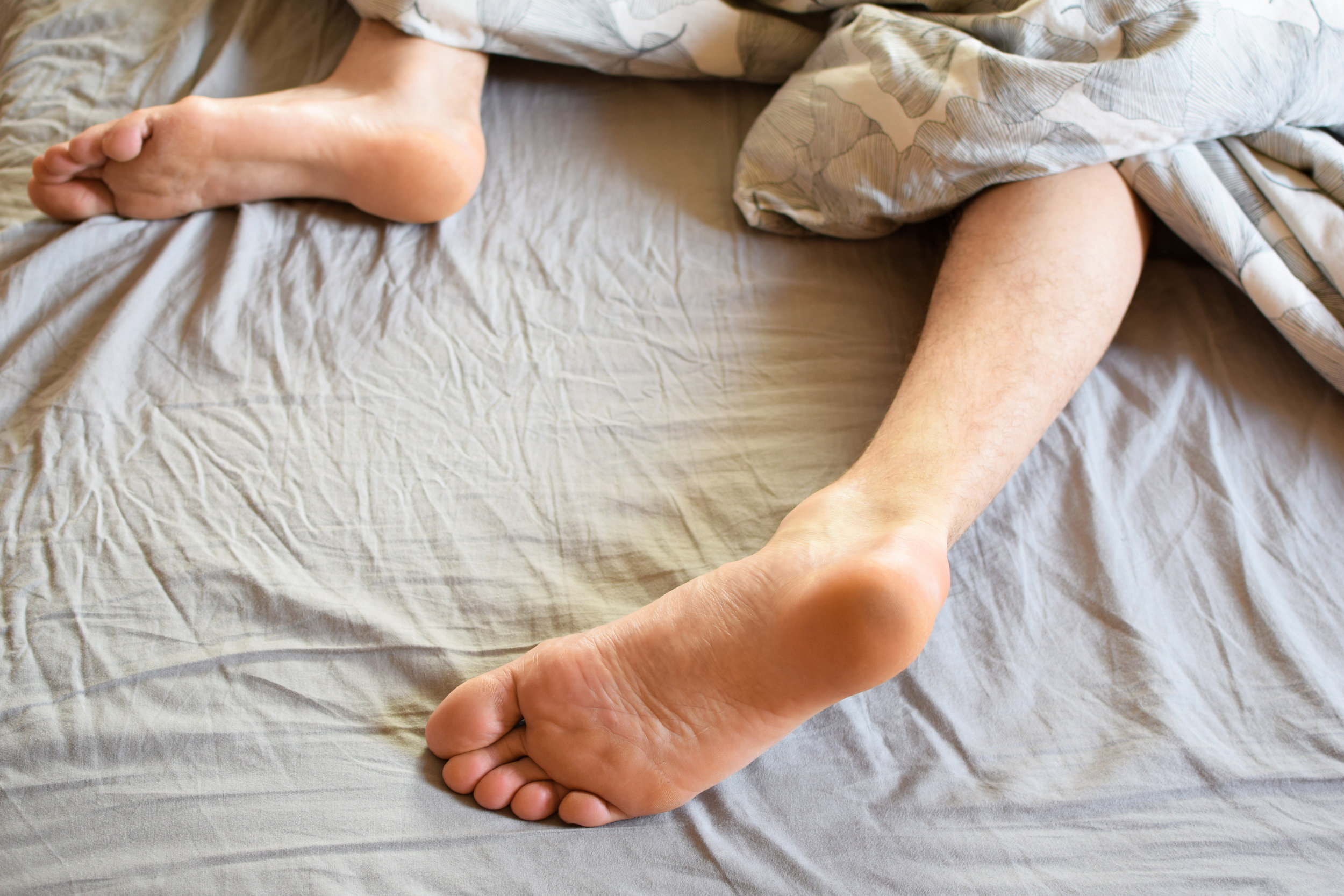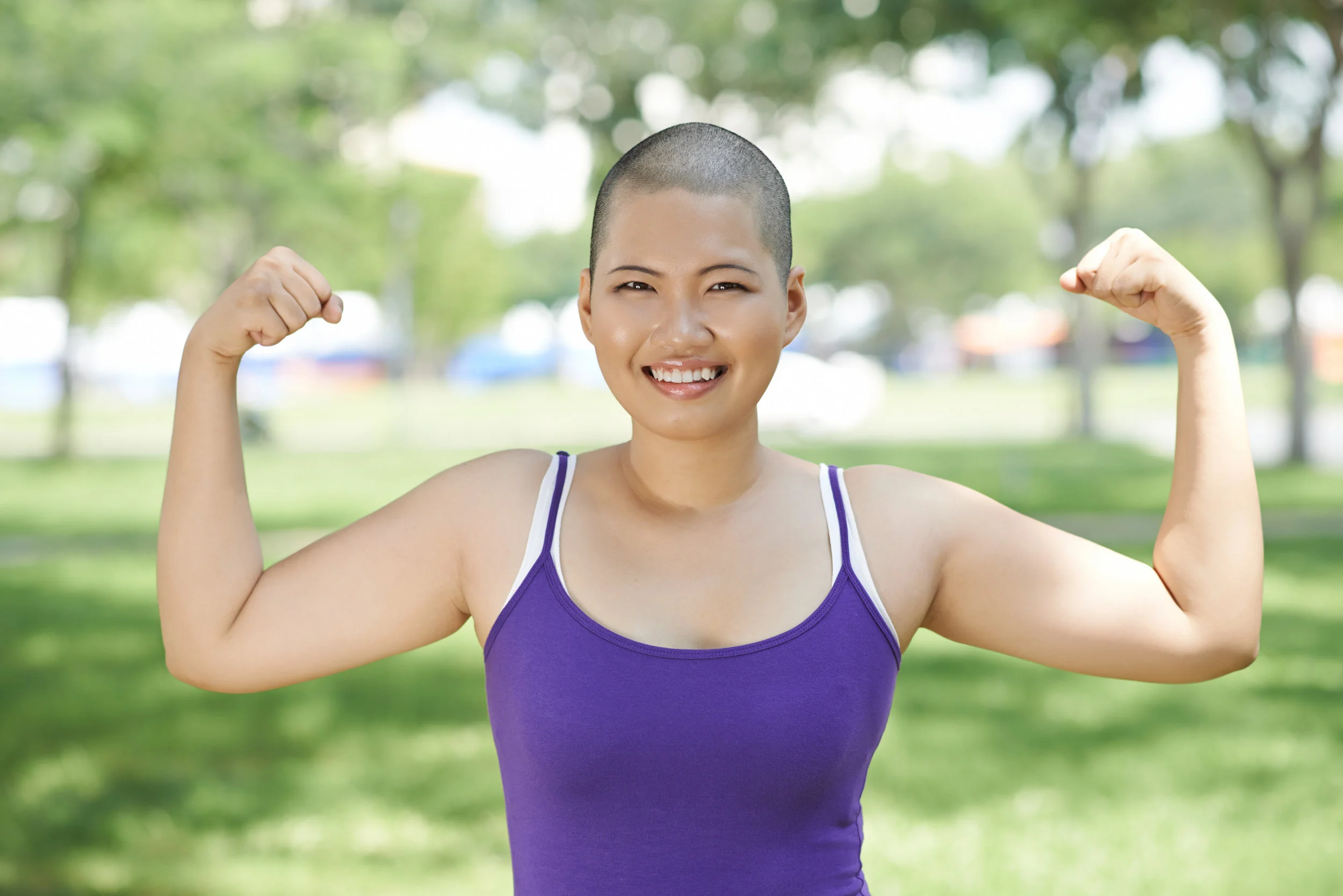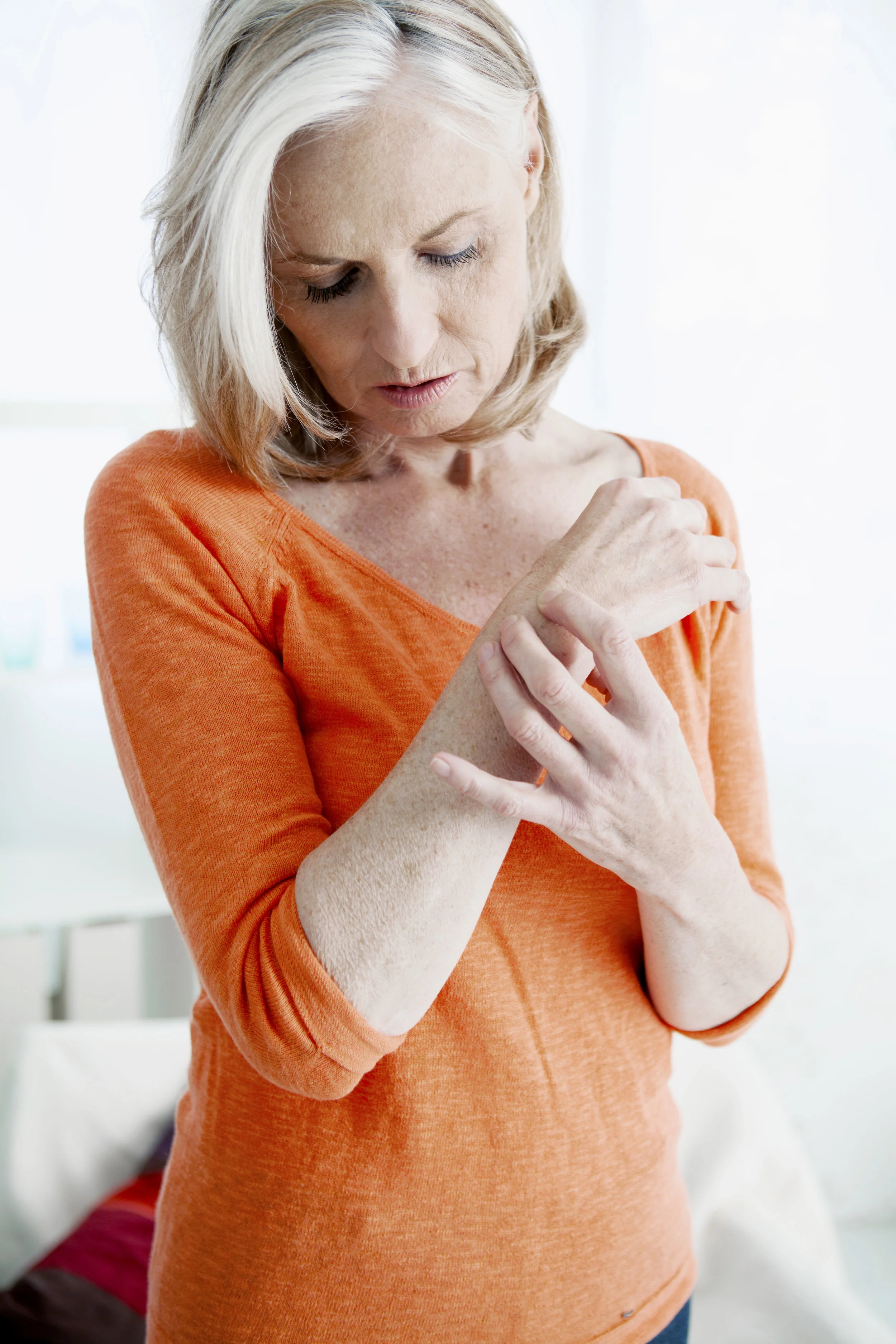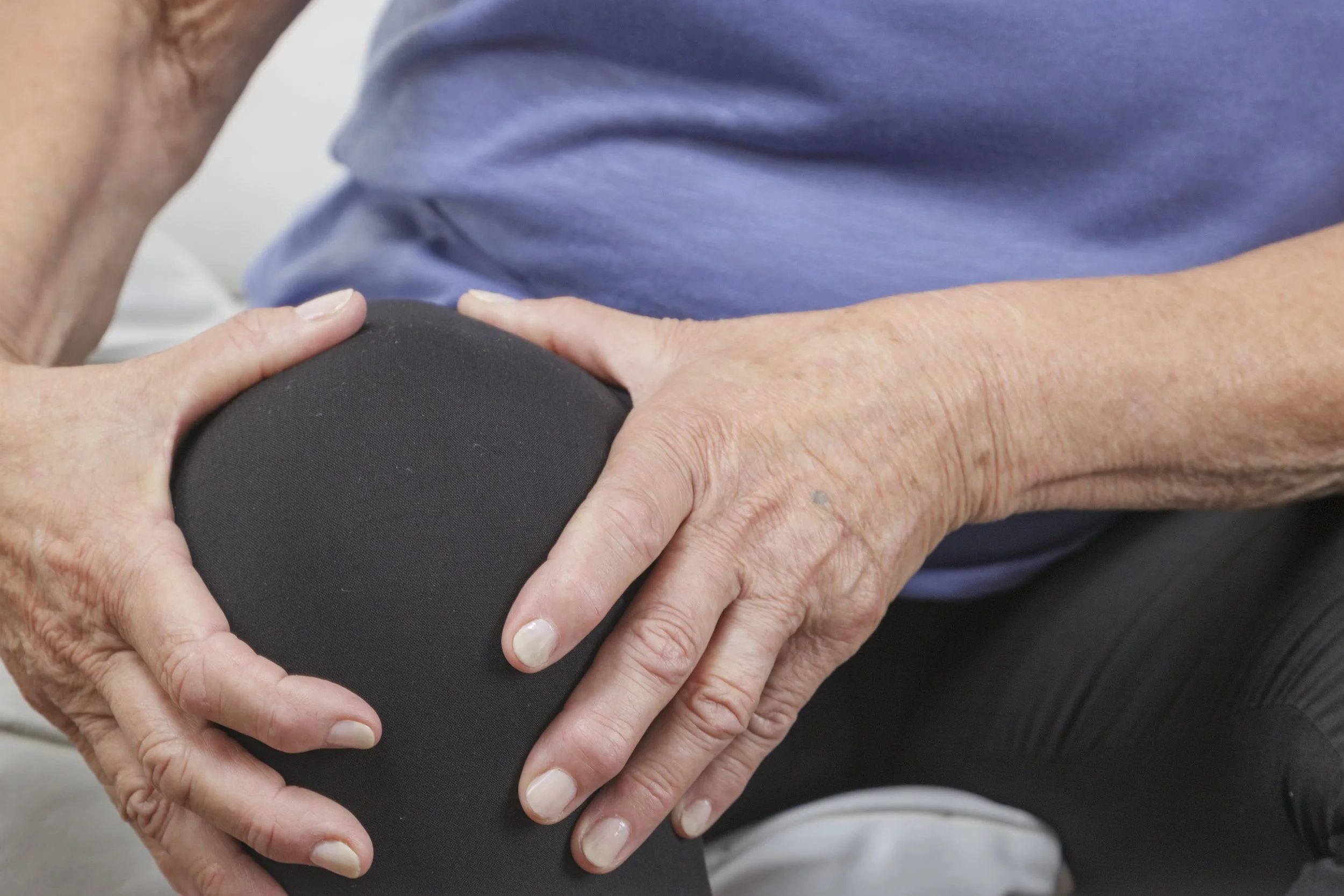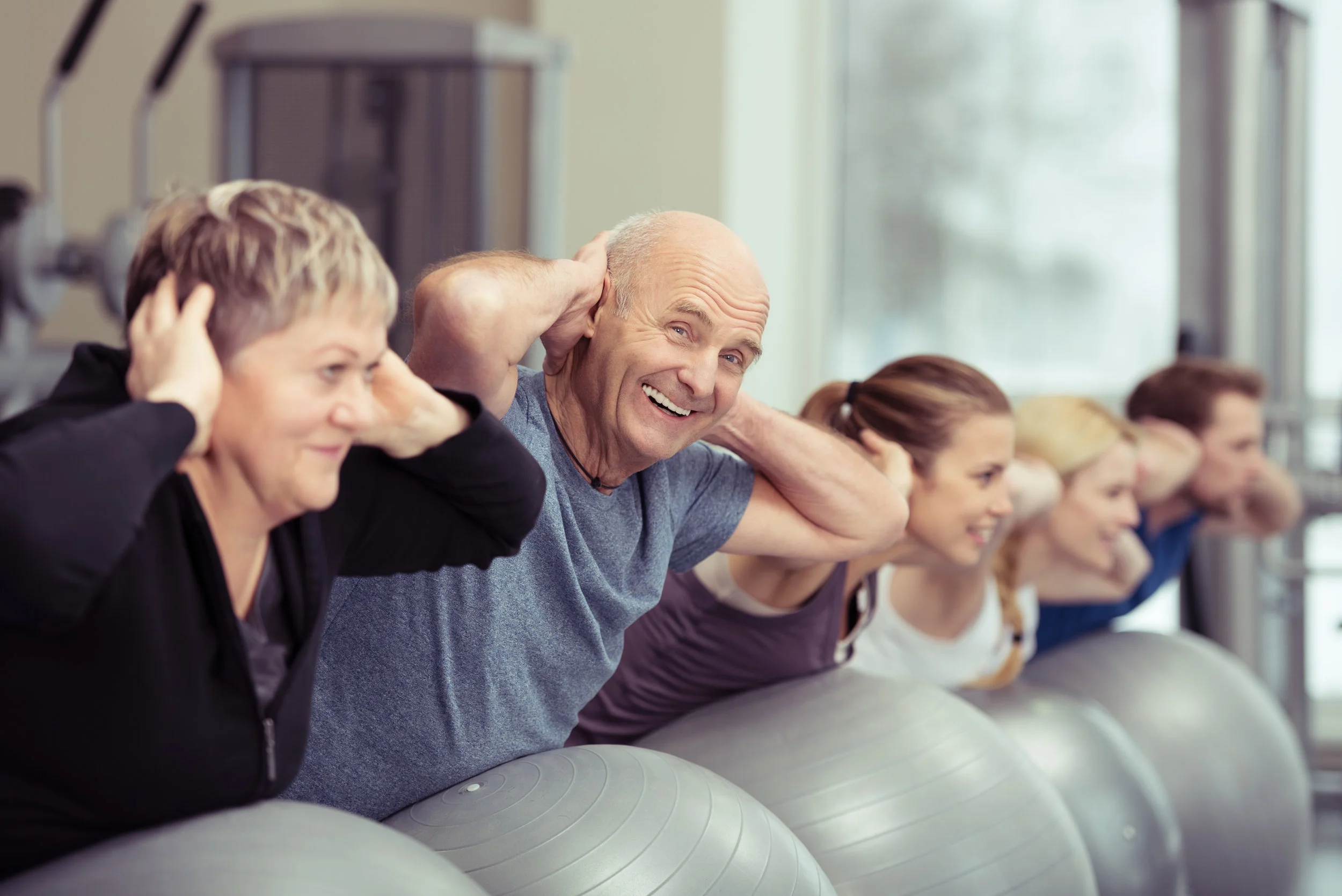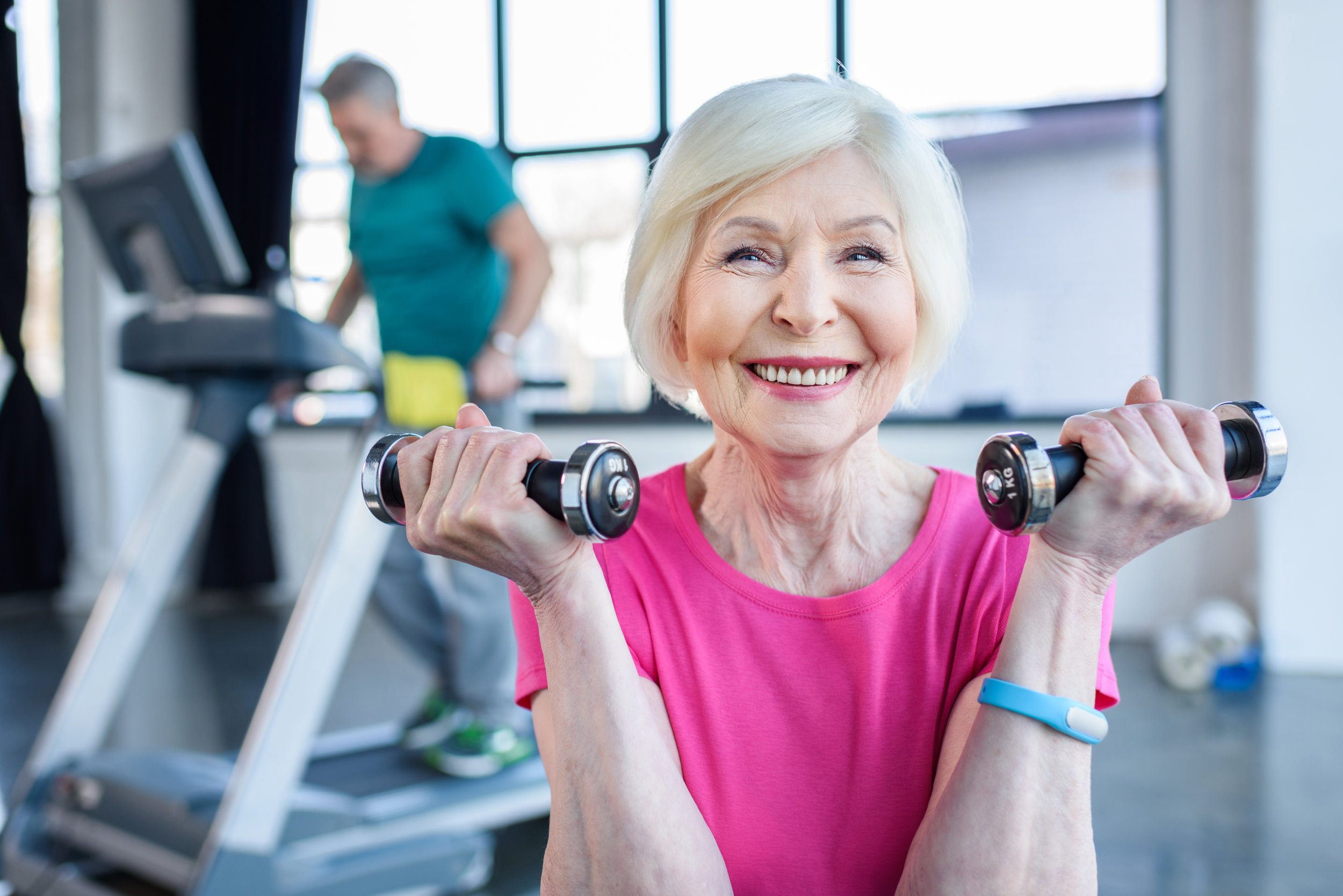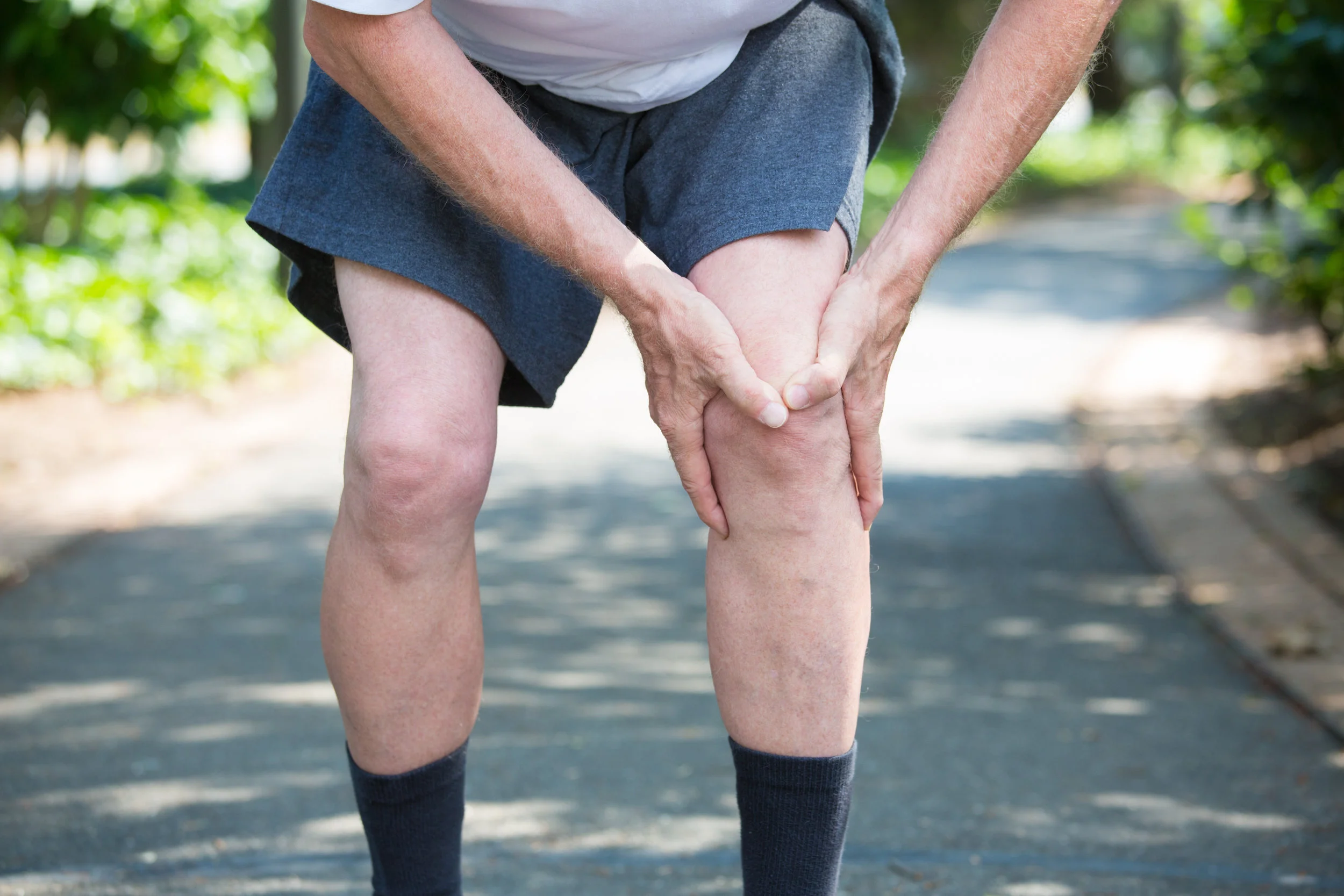Our body innately has a drive to protect us, it’s what’s behind most of our feelings and pain. When we experience anxiety or fear we try to move away or modify our involvement in a circumstance so that the feelings are resolved. When we have pain we try and protect ourselves, and when we have fatigue we try and avoid activity that might exacerbate our low energy levels. Often times though, whilst these initial responses are very healthy, plotting the path of a steady return to normal activity is delayed in accordance with these ongoing feelings and it can be hard to find your way back to normal.
Fighting for your life: How exercise is being used to aid in the treatment of cancer
Up until recently, many people diagnosed with cancer were told to take it easy and rest up to best recover, but recent research has shown that this may actually do more harm than good. Exercise has been shown to help reduce side effects associated with cancer treatments, improve the effectiveness of the treatment and improve overall quality of life!
what happens when movement meets memory!
Exercise can help increase what is referred to as our, “Cognitive Reserve.” The Cognitive Reserve Hypothesis theorises that if brain tissue has sustained a functional loss or is damaged in one region, that the original level of functioning may be able to be maintained by other regions of the brain working harder to counteract the negative effects of the altered neurons. Cognitive Reserve is essentially your brain’s way of finding an alternate route to help you reach your destination or, “accomplish tasks,” when road-blocks have been established.
Better than drugs, safer than surgery: movement based therapies for osteoarthritis
Osteoarthritis is a chronic condition which is characterised by a break down of cartilage around the joints, this can cause pain and loss of motion in affected joints.
While exercise will not cure Osteoarthritis some specifically targeted exercises can help help with the management of pain and maintain flexibility.
Exercise is considered the best non-drug therapy for the management of Osteoarthritis for maintaining flexibility and reducing pain.
When is spinal surgery appropriate?
3 rules for avoiding back pain ‘snake oil’
Particularly when it comes to back pain, unscrupulous sales people are filling our attention and our shopping centres hocking what they call the latest advancements in pain relief. But time and time again studies on back pain are proving that effective pain relief is more often about getting good, science-backed advice early and avoiding the fads. So if you want to know how to avoid back-pain ‘snake oil’ try these 3 rules:
Osteoarthritis & Body Fat: what's the real story?
The more we learn about osteoarthritis the more we find that damage to our joints, the kind that results in osteoarthritis, is caused by inflammation and not from impact. It’s been identified that fatty adipose tissue, the kind that gives you a gut, is not in fact just an inert storage of excess energy but in fact has the capacity to act like an organ all of it’s own and helps perpetuate inflammatory processes. So that means you can be overweight and inactive, leading a sedentary life - even in order to protect yourself against physical stress - and still have a significant risk of osteoarthritis, life can be cruel right?
The worst myth of ageing.
These sorts of stereotypes for aging persist; senses diminishing, physical tasks getting harder. If I had a dollar for every time someone explained their pain to me as ‘old age’ I could probably buy the bank. Feeling old is something many talk about, but you might be surprised to find older age doesn’t necessarily have to hurt and it’s something you yourself can do something about.
‘Sciatica’ in 5mins with Casey
The sciatic nerve is responsible for the the sensation and the muscles activation of the lower limb. Therefore if the nerve becomes impaired common symptoms include numbness or tingling, heat radiating down leg feet or toe’s as well as musculature weakness in the lower body. Due to the complexity of the sciatic nerve means that symptoms of sciatica are often vary from; Pain in one side of the buttocks or lower back, pain that is relieved when lying down or walking but is made worse by standing and sitting, Pins and needle like pain down one or both legs, shooting pain which makes it difficult to stand up and walk, Pain in the toes. It really depends on where the nerve is impaired and the severity of the impingement as to which symptoms are prevalent.
What kind of Pilates are you?
What’s the deal with Pilates?
So, you’re considering giving Pilates a go. You’ve heard it’s great for your core (which must be good, right?) and all the trendy types are doing it. So should you rock up to the class that’s at your local gym, do you go to a health clinic or do you find the purists at the specialty Pilates studio? In truth, each option might lead to vastly different exercises so the most important variable in making this decision is you.
Something no cancer sufferer should neglect
Cancer treatment has come a long way ion a very short period of time, but to this point the primary focus has been on the treatment of cancer and little focus has been paid to survivorship – what happens when people survive cancer. Evidence gathered over the last decade or two has pointed to one profound means to ensure survivors of cancer live better and longer and you might be surprised what it is – exercise.
My how things have changed!
Have you ever felt a little lost?
Quit with the DIY healthcare already!
Welcome to Kinetic Medicine
As an Exercise Physiologist, I have to say the most difficult thing I have to do every day is explain what it is that I actually do! If I had a dollar for every time someone asked me I probably wouldn’t have to do it anymore. Trust me, if it were up to me I would’ve come up with a different name for my profession because not only is it a little difficult to say, it doesn’t do much by way of explaining our services either.



